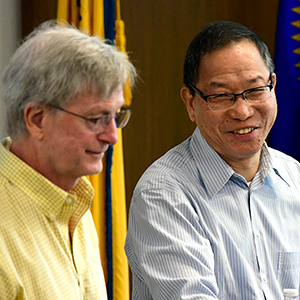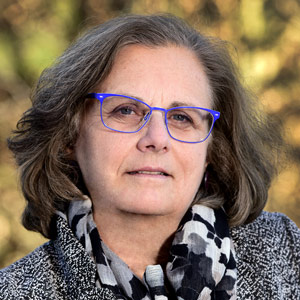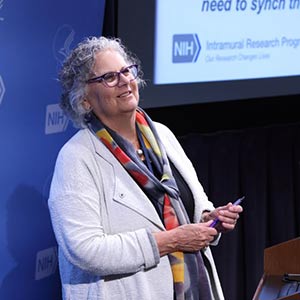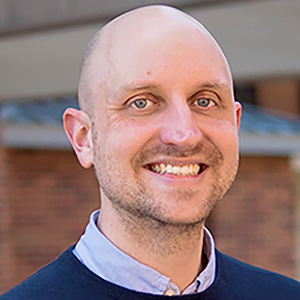More than 300 people registered to attend the Oct. 8 webinar “Self-advocacy Starts With You: Breast Cancer 101,” the first in a new Women’s Health Awareness Virtual Series: “RealTalk with the Experts” (see sidebar).
As COVID-19 grew to a global pandemic. NIEHS and its co-sponsors developed alternatives to the successful annual NIEHS Women’s Health Awareness Women’s Wellness Conference(https://tools.niehs.nih.gov/conference/womenshealth_2020/). On April 3, just one day before the community health event would have taken place, NIEHS published “You Are Not Alone: Practice Physical Distancing and Social Connectedness(https://tools.niehs.nih.gov/conference/womenshealth_2020/assets/04032020_weekly_508.pdf)” the first in a series of health messages.
The health messages are complemented by a newsletter and other resources as part of the NIEHS Women’s Health Awareness initiative.
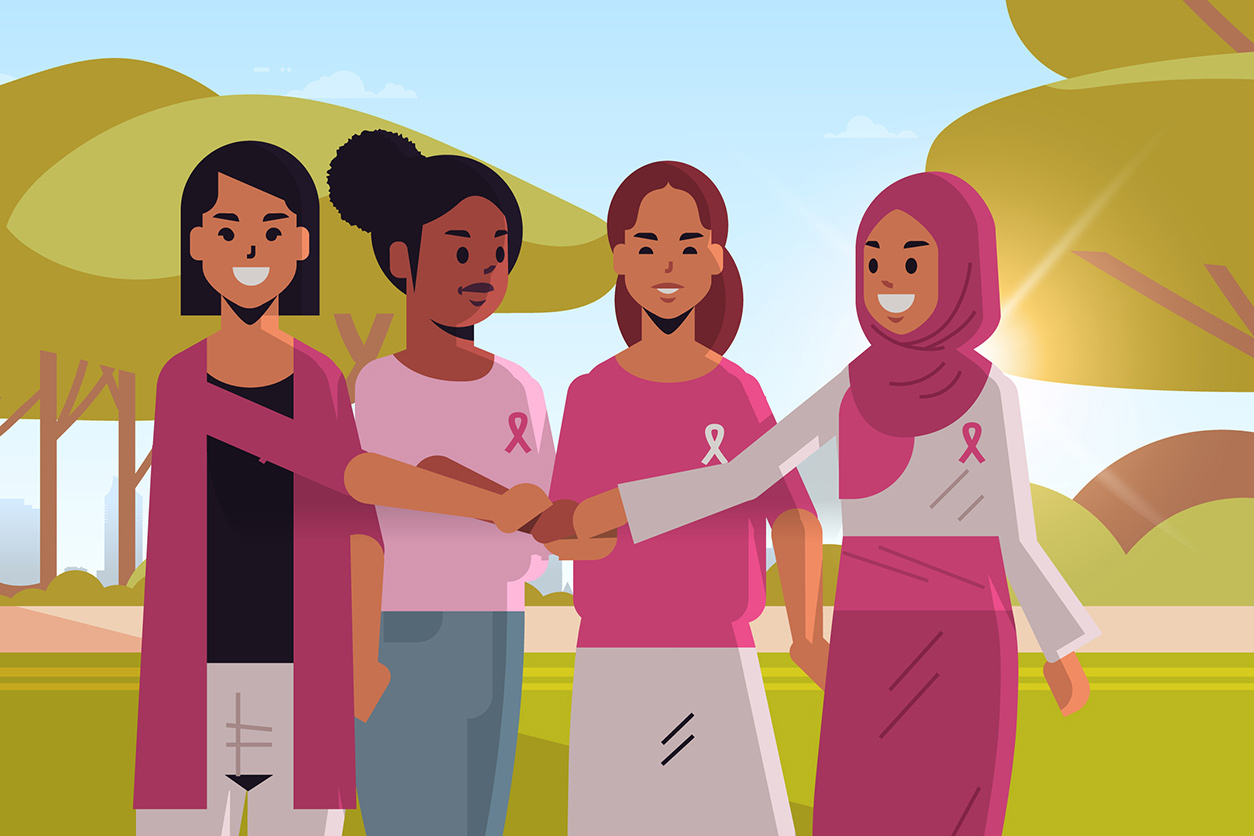
The seminar series is sponsored by the NIEHS Office of Human Research Compliance, in the Clinical Research Branch, and co-sponsors:
- Durham Alumnae Chapter of Delta Sigma Theta Sorority Inc.
- Durham Alumnae Delta House Inc.
- North Carolina Central University Department of Public Health Education.
Empowering, informing, honoring
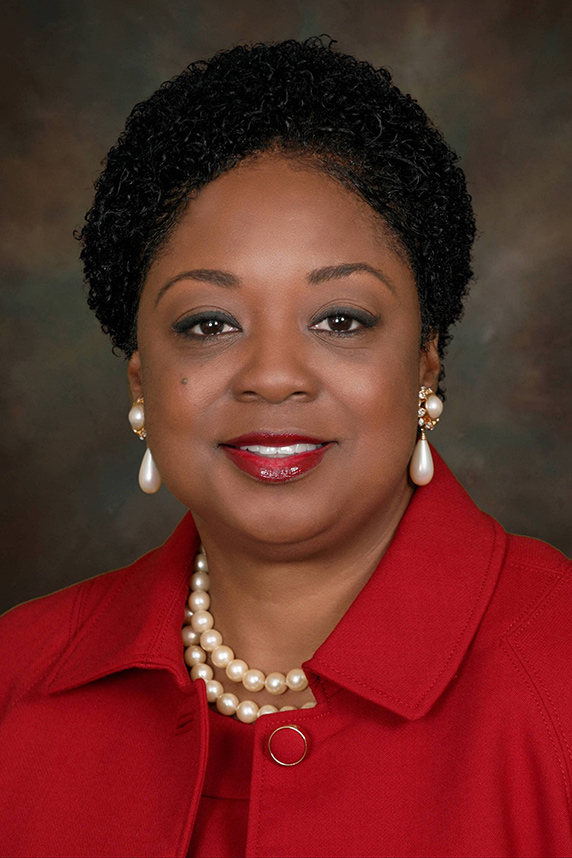 Packenham’s office ensures protection of people who volunteer to participate in clinical research. (Photo courtesy of Steve McCaw)
Packenham’s office ensures protection of people who volunteer to participate in clinical research. (Photo courtesy of Steve McCaw)“We turned to this virtual platform to continue our mission of informing and empowering women to take responsibility for their health,” said lead organizer Joan Packenham, Ph.D., director of the NIEHS Office of Human Research Compliance.
October is Breast Cancer Awareness Month — a fitting time to draw attention to women’s health issues. “We dedicate this inaugural webinar to breast cancer survivors across the world and those who have lost the fight,” she said.
The basics
Oluwadamilola “Lola” Fayanju, M.D., whom Packenham described as a passionate advocate for women’s health and breast cancer care, chaired the session and provided an overview, “Breast Cancer 101.” Fayanju is with Duke University School of Medicine, Duke Forge, and the Durham Veterans Administration Breast Clinic.
Fayanju explained medical terms for tumor stage, location, aggressiveness, and markers of tumor type. “The good thing to know is that breast cancer is very curable,” she said, noting that early-stage disease has a more than 95% five-year survival rate.
Two speakers, Marissa Howard-McNatt, M.D., from Wake Forest School of Medicine, and Jennifer Plichta, M.D., from Duke University, discussed breast cancer risk, genetics, and health disparities.
Risk and genetics
Risk factors like those below help clinicians decide how closely to follow a person, according to Plichta. Options include more frequent mammograms and tests such as 3D mammography, MRI, or ultrasound.
- Family history, including father.
- Genetic mutations.
- Abnormal biopsy.
- Personal characteristics — gender, age, weight, breast density.
- Hormone factors — age of first period, age of menopause, pregnancies, breastfeeding, hormone replacement.
- Exposures such as smoking. Other exposures are discussed in this NIEHS fact sheet.
“We’re not all the same,” Plichta said. “One-size-fits-all is not the best approach.”
Disparities in diagnosis, treatment
“White women are more likely to be diagnosed,” Fayanju said. “Black women are more likely to die.”
This disparity may result partly from lower access to medical care and lifestyle differences, suggested Howard-McNatt. In addition, Black women have a slightly higher risk of a more aggressive cancer, called triple negative.
Furthermore, tumors can arise at younger ages, even before screening typically begins. Howard-McNatt recommended Black women have annual screenings from age 40, or earlier if a mother, daughter, or sister had breast cancer.
Answering a question about inflammatory breast cancer, she noted that skin is typically affected. “A white doctor may find it harder to recognize in a Black woman, but you know when your breast is red or swollen,” she advised. “You might be put on antibiotics, but if it doesn’t go away in a week or two, see someone who can do a punch biopsy,” she said, stressing this cancer’s aggressiveness.
Both Plichta and Howard-McNatt recommended lifestyle changes to reduce risk.
- Lower alcohol intake.
- Maintain a healthy weight.
- Eat more fruits and vegetables.
- Exercise regularly, such as by taking a walk every day.
“This is a time of unprecedented societal upheaval and life stressors,” Fayanju said. “It’s hard to prioritize your breast health, especially if you aren’t having any issues. But please take the time to take care of yourself.”
NIEHS shared a list of breast health resources to help participants seek out care.





